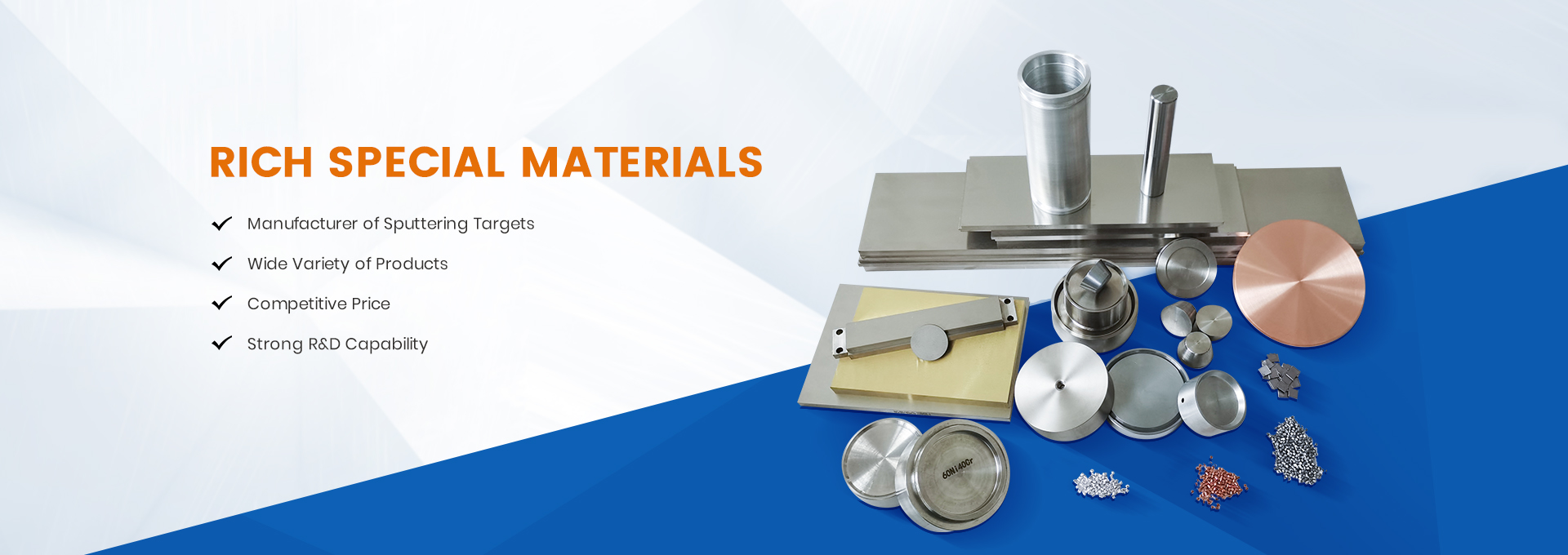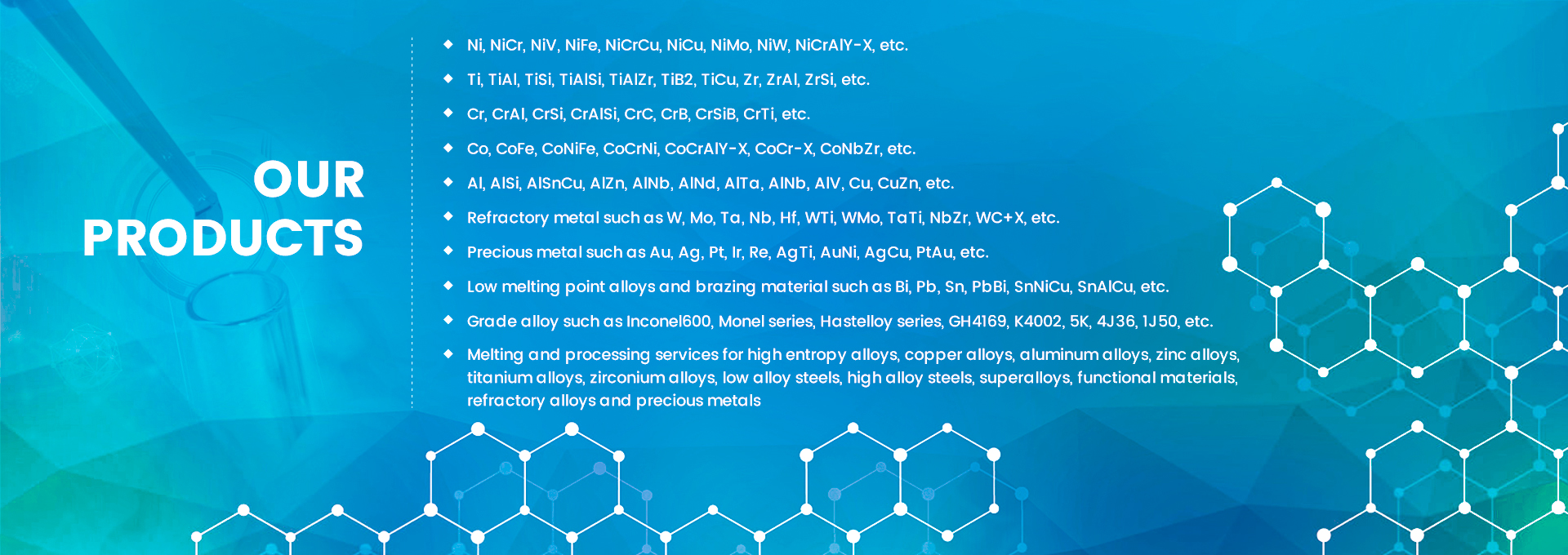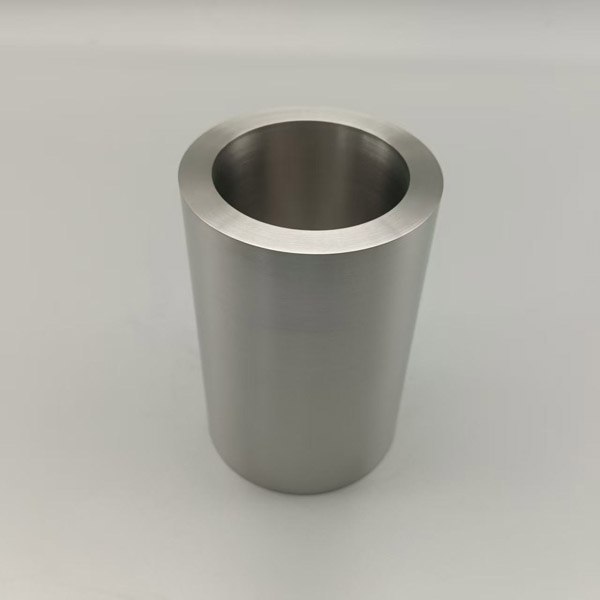In modern high-end manufacturing, cobalt-chromium-nickel tubular targets have become indispensable materials for physical vapor deposition (PVD) and chemical vapor deposition (CVD) processes due to their exceptional performance and wide range of applications. Whether in semiconductors, optical coatings, or decorative plating, cobalt-chromium-nickel tubular targets stand out for their high purity, uniformity, and corrosion resistance. This article delves into their characteristics, applications, and optimization methods to help you better understand this high-performance material.
What are the Cobalt-Chromium-Nickel Rotating Targets ?
Cobalt-chromium-nickel tubular targets are high-performance materials composed of cobalt (Co), chromium (Cr), and nickel (Ni), primarily used in thin-film deposition processes. Their high purity and uniformity ensure the quality and consistency of thin films, while their excellent corrosion resistance and mechanical strength make them suitable for harsh industrial environments.
What are the core advantages of CoCrNi sputtering targets?
1.High purity and uniformity.
The high purity (typically above 99.99%) of cobalt-chromium-nickel tubular targets ensures high-quality thin films, while their uniform microstructure guarantees stable deposition processes.
2.Excellent corrosion resistance.
In harsh environments, such as semiconductor manufacturing or high-temperature coating processes, the corrosion resistance of cobalt-chromium-nickel tubular targets allows them to operate stably for extended periods, reducing replacement frequency.
3.Long Service life.
Compared to traditional targets, cobalt-chromium-nickel tubular targets can extend service life by over 30%, significantly lowering production costs .
4.Versatility
These targets are suitable for various thin-film materials, including conductive films, protective films, and decorative films, meeting the needs of different industries.
What are the key application areas of Cobalt chromium nickel sputtering targets?
1.Semiconductor manufacturing
In the semiconductor industry, cobalt-chromium-nickel tubular targets are used to deposit high-quality conductive and protective films, ensuring chip performance and reliability.
2.Optical coatings
In the optical field, these targets are used to manufacture optical components such as lenses and filters, with their high purity and uniformity ensuring stable optical performance.
3.Decorative plating
In luxury manufacturing, cobalt-chromium-nickel tubular targets can deposit high-gloss, wear-resistant films, widely used in products like watches and jewelry.
4.Tool Coatings
In mechanical processing, these targets are used to enhance the hardness and wear resistance of cutting tools and molds, extending tool life.
What is the manufacturing process of CoCrNi sputtering targets?
Step 1: Vacuum melting
Vacuum melting technology ensures high purity and compositional uniformity of the material.
Step2:Forging and rolling
Forging and rolling improve the material’s microstructure and mechanical properties.
Step 3: Precision machining
The material is machined into tubular shapes, ensuring dimensional accuracy and surface finish.
Step 4: Surface Treatment
Polishing or coating treatments enhance the target’s adhesion and durability.
Step5:Quality Inspection
Advanced analytical instruments are used to test the target’s purity, uniformity, and mechanical properties, ensuring compliance with industrial standards.
Common Misconceptions and Warnings:
1. Neglecting Purity: Low-purity targets can result in poor thin-film quality, affecting product performance.
2..Ignoring Uniformity: Non-uniform targets may lead to unstable deposition processes, increasing production costs.
3.Improper Storage: Targets should be stored in dry, dust-free environments to prevent oxidation or contamination.
Cobalt-chromium-nickel tubular targets play a vital role in modern manufacturing due to their high purity, uniformity, and corrosion resistance. By optimizing manufacturing processes and avoiding common misconceptions, their potential can be fully realized, enhancing production efficiency and product quality. Whether in semiconductors, optical coatings, or decorative plating, these targets will continue to play an irreplaceable role.
Post time: May-21-2025






